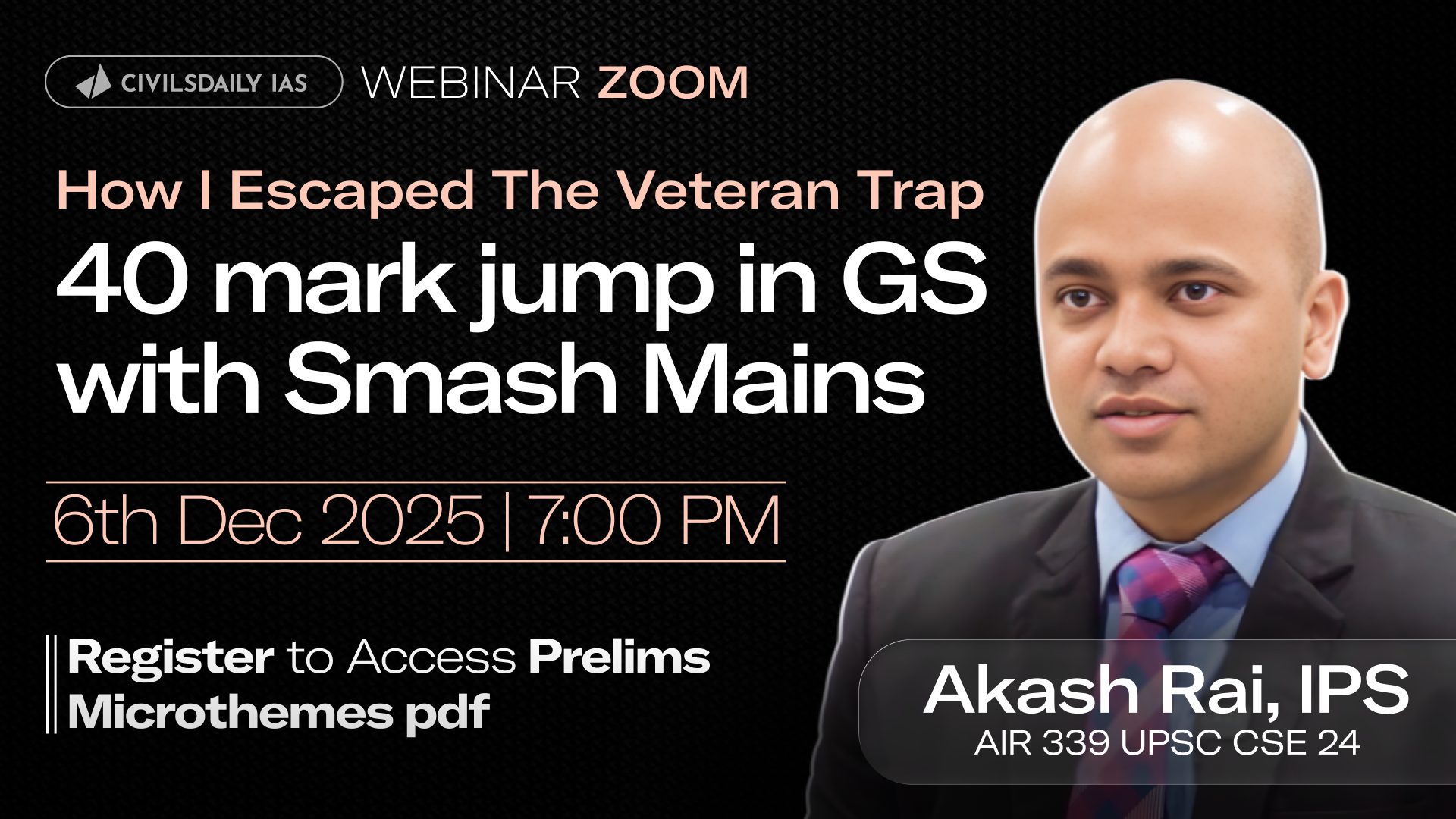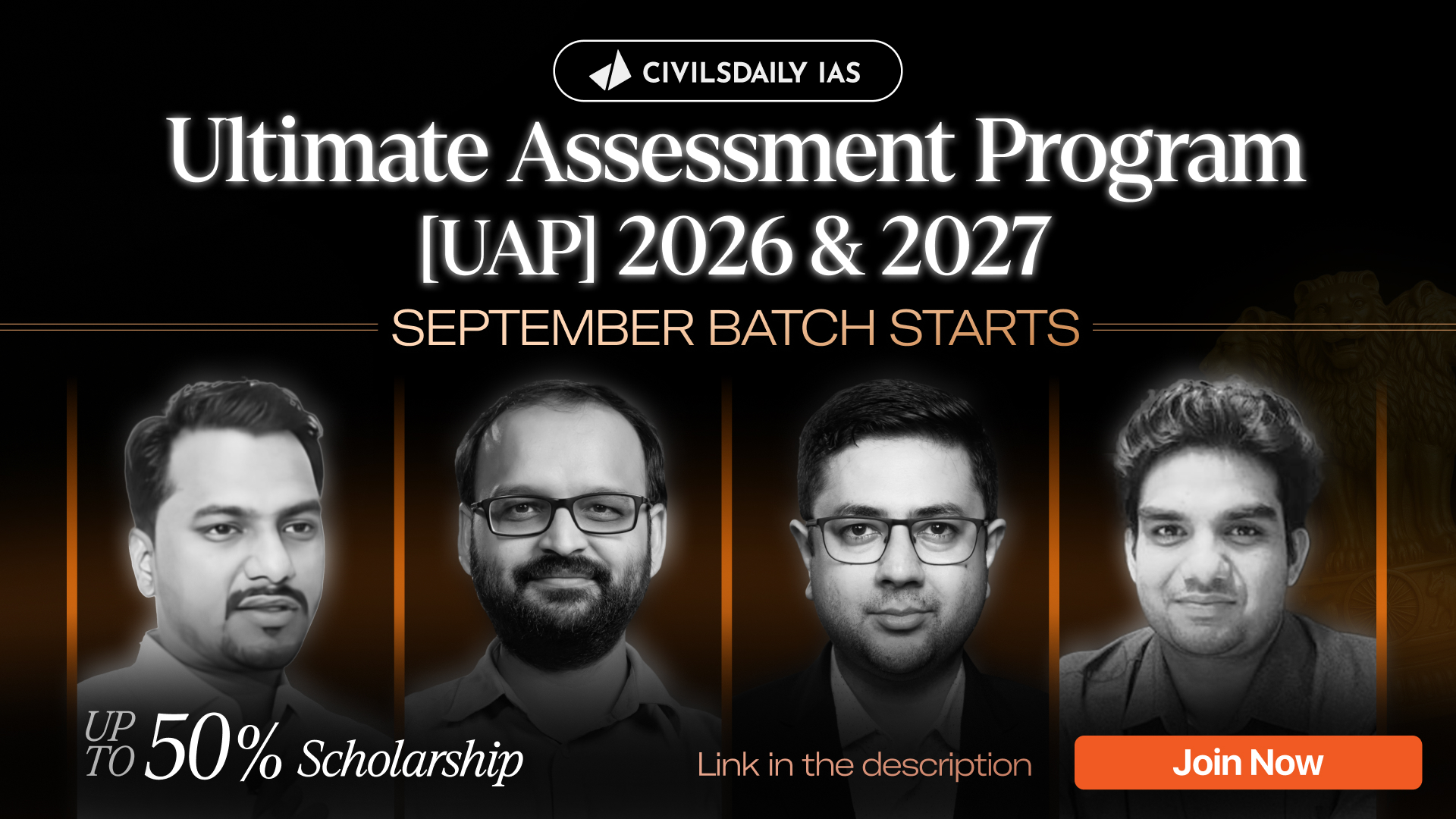UPSC 2022 countdown has begun! Get your personal guidance plan now! (Click here)
Context
Recently, a report stated that the tension on the Russia-Ukraine border represents a major security crisis for the region. The massive mobilization of Russian troops on the Ukraine border and occasional outbreak of violence in the contested Donbass region has pushed both countries to the brink of an open conflict.

History of the conflict between Ukraine and Russia
Annexation of Crimea
- Ukraine was one of the republics within the USSR during the cold war days, and has remained a strong ally of Russia till 2013.
- While it was planning to sign an association agreement with the European Union in 2013, Russia sternly objected to it leading to tensions.
- Russia subsequently annexed “Crimea” (Russian speaking province in Ukraine) by force and declared its sovereignty over it with people’s support.
- The resultant conflict has so far claimed about 10,000 lives and displaced millions with no lasting resolution in sight.
The naval skirmish over the Sea of Azov
- After Crimea’s annexation in 2014, Russia gained control over both sides of the Kerch strait.
- In May 2018, Russian opened a 12-mile-long bridge over the Kerch Strait, which has also become the physical gateway to the Sea of Azov.
- To prevent the Ukrainian boats from passing under the bridge, Russia placed a cargo ship below it.
- Later, the Ukrainian vessels’ attempt to travel from the Black Sea to the Sea of Azov was denied by the Russian coast guard.
- However, Ukraine insists that the patrol of the Kerch Strait was authorized under a bilateral agreement with Moscow.
- Thus the naval skirmish over the Sea of Azov proves again the Russia’s irreversibility of its annexation of Crimea.

Russian backed rebels
- Russia has been criticized for its involvement in the Donetsk and Luhansk regions in eastern Ukraine.
- There, Russian-backed separatists have been fighting with Ukrainian troops.
- In May 2021, Moscow has allegedly deployed thousands of troops as well as tanks and artillery near Ukraine’s eastern border and has mobilized troops in the annexed Black Sea region of Crimea.
- Current conflict – Belarus, a Russian ally was blamed for the migration crisis in the EU’s Polish border.
- Russia flew bombers near Poland’s borders earlier this month.
- In the Black Sea, Russian President Vladimir Putin dispatched vessels to shadow U.S. warships.
Cause of Conflict
(1) Shared history
- Ukraine and Russia share hundreds of years of cultural, linguistic and familial links.
- As part of the Soviet Union, Ukraine was the second-most powerful Soviet republic after Russia, and was crucial strategically, economically and culturally.
(2) Emotional Exploitation of People
- For many in Russia and in the ethically Russian parts of Ukraine, the shared heritage of the countries is an emotional issue that has been exploited for electoral and military purposes.
(3) Balance of Power
- Ever since Ukraine split from the Soviet Union, both Russia and the West have vied for greater influence in the country in order to keep the balance of power in the region in their favour.
(4) Acts as a buffer
- For the United States and the European Union, Ukraine is a crucial buffer between Russia and the West.
- As tensions with Russia rise, the US and the EU are increasingly determined to keep Ukraine away from Russian control.

What is Euromaidan Movement?
Origin of the movement
- November 2013 saw the start of mass protests across Ukraine, but particularly in Kiev’s Maidan, or central square.
Protest
- Protesters were angry at Ukraine’s then pro-Russia President Viktor Yanukovych’s decision to join the Russia-led Eurasian Economic Union instead of the EU.
- The protests, known as the Euromaidan movement, saw massive clashes between the protesters and security forces that reached their peak in February 2014 and led to the ouster of Yanukovych.
Annexing Crimea
- Amid fears of growing Western influence in Ukraine, Russia decided to take action by invading Crimea, which was a part of Ukraine.
- It also began fomenting a separatist movement in eastern Ukraine, which is home to many who are ethnically Russian.
Result of this annexation
- The invasion and subsequent annexation of Crimea have given Russia a maritime upper hand in the region.
- It also gave Russia’s President a significant boost in popularity ratings inside Russia.
Criticism received globally
- It was widely condemned by world powers and resulted in the US and EU imposing sanctions on Moscow.
- It also resulted in a strengthened commitment by both the US and the EU to protect the integrity of Ukraine’s borders.

Separatist Movement
- The Donbass region (the Donetsk and Luhansk regions) of eastern Ukraine has been facing a pro-Russian separatist movement since 2014.
- According to the Ukrainian government, the movement is actively supported by the Russian government and Russian paramilitaries make up between 15% to 80% of the separatists fighting against the Ukraine government.
How big is the risk of invasion?
- Russia says it has no plans to attack Ukraine.
- But tensions are high and President Vladimir Putin has threatened “appropriate retaliatory military-technical measures” if what he calls the West’s aggressive approach continues.
- Russia has offered no explanation for the troops posted close to Ukraine – and Russian troops and tanks have
What are Russia’s and the West’s interests in Ukraine?
- Ukraine and Russia share hundreds of years of cultural, linguistic and familial links.
- As part of the Soviet Union, Ukraine was the second-most powerful Soviet republic after Russia, and was crucial strategically, economically and culturally.
- Ever since Ukraine split from the Soviet Union, both Russia and the West have vied for greater influence in the country in order to keep the balance of power in the region in their favour.
- For many in Russia and in the ethically Russian parts of Ukraine, the shared heritage of the countries is an emotional issue that has been exploited for electoral and military purposes.
- For the US and the EU, Ukraine is a crucial buffer between Russia and the West. As tensions with Russia rise, the US and the EU are increasingly determined to keep Ukraine away from Russian control.
- Efforts to induct Ukraine into NATO have been ongoing for many years and seems to have picked up pace recently.
What does Russia want from NATO?
- Russia do not want Ukraine to become a member of NATO.
- Moscow accuses NATO countries of “pumping” Ukraine with weapons and the US of stoking tensions.
- It demands no more eastward expansion and an end to NATO military activity in Eastern Europe.
- That would mean combat units being pulled out of Poland and the Baltic republics of Estonia, Latvia and Lithuania, and no missiles deployed in countries such as Poland and Romania.
- Russia has also proposed a treaty with the US barring nuclear weapons from being deployed beyond their national territories.

What does Russia want with Ukraine?
- Russia seized Crimea in 2014 arguing it had a historic claim to it.
- Ukraine was part of the Soviet Union, which collapsed in December 1991 and Russia said it was the “disintegration of historical Russia”.
- Russia has also become frustrated that a 2015 Minsk peace deal for eastern Ukraine is far from being fulfilled.

Minsk Agreements
Minsk I
- Ukraine and the Russian-backed separatists agreed a 12-point ceasefire deal in the capital of Belarus in September 2014.
- Its provisions included prisoner exchanges, deliveries of humanitarian aid and the withdrawal of heavy weapons.
- The agreement quickly broke down, with violations by both sides.
Minsk II
- In 2015, an open conflict was averted after the ‘Minsk II’ peace agreement was signed, under the mediation of France and Germany.
- It was designed to end the fighting in the rebel regions and hand over the border to Ukraine’s national troops.
- It was signed by Representatives of Russia, Ukraine, the Organisation for Security and Cooperation in Europe (OSCE) and the leaders of two pro-Russian separatist regions.
- OSCE is the world’s largest security-oriented intergovernmental organisation. Its mandate includes issues such as arms control, promotion of human rights, freedom of the press, and fair elections.
Concerns for ‘Nord Stream 2’ gas pipeline’s future

- The US threatened to halt the opening of a key pipeline that would send Russian gas to Western Europe, if Russia invades Ukraine.
- Nord Stream 2 would run from Russia to Germany.
What is Nord Stream 2?
- The 1,225km (760-mile) pipeline took five years to build and cost $11bn (£8bn). The energy project, which would run under the Baltic Sea, is designed to double Russia’s gas exports to Germany.
- If it comes to fruition, the pipeline will be able to pump 55 billion cubic metres of gas to Germany each year.
So why is it so controversial?
- The pipeline is a tool of Russian foreign policy – and there has been strong opposition from the US, Ukraine and Poland.
- The US fears the pipeline makes Europe much more dependent on Russian energy, handing significant power over Berlin and the EU to Russian President Vladimir Putin.
- Russia sends much of its gas to Europe through Ukraine. But Nord Stream 1 and 2 bypass the country.
- That means that with the new pipeline Kyiv could lose out on €1.8bn in “transit” fees it earns on gas passing through its territory. Ukraine says it is being punished for its warm relations with the West.
- Poland is unhappy about being overlooked as a transit country for Russian gas supplies into Europe.
So what happens if it doesn’t open?
- Europe is already grappling with soaring energy prices and lower-than-usual supplies of Russian gas.
- Germany badly needs the pipeline’s gas. It could warm 26 million German homes and ease the nation’s transition to renewable energy.
- But the bigger danger would come from Russia halting gas supplies from existing pipelines through Ukraine.
India’s Stand
- During a UNSC meeting in May 2021, India signaled its backing for traditional partner Russia on the Ukraine issue.
- India has advocated political and diplomatic solutions that protect the legitimate interests of all countries in the region and ensure long term peace and stability in Europe and beyond.
- The path forward can only be through peaceful dialogue for a lasting solution acceptable to all concerned.
- Last November India voted against a Ukraine-sponsored resolution in the UN that condemned alleged human rights violations in Crimea thereby backing old ally Russia on the issue.
Way Forward
- Ukraine’s reluctance to implement the agreement and its growing military, economic and political ties with the West seem to have prompted Russia to put Ukraine under direct military pressure.
- Ukraine lacks the military resources to deter its giant neighbor and there is no guarantee that the West would come to its help in the event of a Russian invasion.
- Russia might make tactical gains from an invasion but such a move could further deteriorate its already ruptured ties with the West.
- The practical solution is to revive the Minsk peace process.
- The West should push both sides to resume talks and live up to their commitments as per the Minsk agreement to restore relative peace on the border.
- International cooperation is needed to solve the ever-increasing conflict between Russia and Ukraine. Both the countries should restrain from any move leading to escalation of the tension.
UPSC 2022 countdown has begun! Get your personal guidance plan now! (Click here)


